I recently had an epiphany. The more I explore the history of the electric guitar, the less interested I become in gear. For someone as invested in the topic as myself, the discovery could have been unsettling. Luckily, it came with an upside, namely this: while guitars, amps, and effects boxes themselves hold less magic for me, I’m now becoming more and more intrigued by the people behind the machines—the hands and minds and hearts and souls that bring life to dead wood and inanimate steel. You may remember Sherwin Linton from a photograph accompanying a recent article on doubleneck guitars in this magazine. In it, Linton holds a homemade doubleneck guitar sporting various attachments. I wanted to talk to Linton about that guitar and why he put it together. When I called him, I got a great story not of the guitar itself, but of a specific feature of it, something that would eventually become a well-known piece of gear.
The story goes something like this: Linton grew up in South Dakota in the 1950s. When rock ‘n’ roll exploded, he heeded the call of the wild and began playing electric guitar (a Gibson L-50 with a De Armond pickup). In 1958, he moved to Minneapolis, where he started his own band and began playing shows at the local ballrooms and clubs, opening for some of the big acts of the day. In 1959 he got the chance to open a show for Carl Perkins, one of the true pioneers of rock ‘n’ roll. One night in 1960 at the Flame Club in Minneapolis, Linton watched as Carl, along with his brother Clayton and drummer W.S. Holland, ripped through a cover of Earl Scruggs’ “Clinch Mountain Breakdown.” When Scruggs would play the tune, he would change pitch on his banjo by using the geared tuners that would come to bear his name. To emulate this sound, Perkins would reach behind the nut of his Gibson Byrdland (a gift from the factory) to bend the B string. Linton noticed blood on Perkins’ finger from performing this little trick. In the dressing room after the show the two guitarists agreed there had to be a better way, a mechanical solution, for bending that B string a whole pitch.
The next day, Perkins showed up at the gig with a bent coat hanger. He showed Linton how the bent metal could be used to move the string up and down behind the nut. Owing to the weakness of the hanger, Perkins’ contraption didn’t work very well. But the idea was a good one, and Linton went home after the gig that night determined to find a solution. An inveterate tinkerer, Linton was continually taking his guitar apart and looking for ways to make it do different things. To bend the B string, Linton figured he could use a stiffer piece of metal, whammy-bar style, and make pitch change a reality. Taking metal rods from a baby crib, Linton roughed-out a new bender. It didn’t work. Neither did the second or the third. Determined to gift Perkins with a working example, Linton stayed up all night until he had the best tool he could fashion. It worked. Perkins and Linton had a way to bend the B.
Some months later, as Linton continued to modify his guitars—putting Tele pickups in his ’59 Jazzmaster, building a doubleneck from scratch, etc.—he had a metal worker make him an arm out of much more rigid steel. It was this arm that caught the eye of an expert flatpicker by the name of Clarence White.
In early 1965, Linton played a gig at a military base in Minot, ND. Playing across town that same night was one of the hottest folk bands in the country, the Kentucky Colonels. At a jam session in the hotel after the gig, Linton felt highly intimidated about bringing out his flattop guitar in the presence of the great Clarence White. So, small practice amp in hand, he brought out his modified Jazzmaster with the B-bending arm, now called the Plever (pedal-lever). When White saw Linton using the Plever, he was immediately intrigued. Linton showed him how it worked and after a night of playing the two guitarists went their separate ways, back out onto the mad road of the touring musician. One day in 1967, White was in the recording studio laying down tracks. He lamented to his friend Gene Parsons the fact that he only had two hands, as the sound he wanted called for a third hand to bend his B string. Parsons, a machinist as well as a drummer, began to work a mechanical solution. The result was the Parsons-White B-bender, an in-body mechanism actuated by a lever attached to the upper-bout strap button that dropped or raised the pitch of a string a full step. The Parsons-White B-bender is a common piece of guitar gear today.
So, did Carl Perkins’ version of “Clinch Mountain Breakdown” eventually result in the B-bender? Hard to prove. But this is how music innovations happen: ideas are passed from player to player, dreams of different sounds are passed from guitarist to a craftsman, attempts and failures and halfsuccesses lead to that one breakthrough that results in a piece of gear so standard that no one can imagine life without it.
Wallace Marx Jr.
Wallace Marx Jr. is the author of Gibson Amplifiers, 1933–2008: 75 Years of the Gold Tone
The story goes something like this: Linton grew up in South Dakota in the 1950s. When rock ‘n’ roll exploded, he heeded the call of the wild and began playing electric guitar (a Gibson L-50 with a De Armond pickup). In 1958, he moved to Minneapolis, where he started his own band and began playing shows at the local ballrooms and clubs, opening for some of the big acts of the day. In 1959 he got the chance to open a show for Carl Perkins, one of the true pioneers of rock ‘n’ roll. One night in 1960 at the Flame Club in Minneapolis, Linton watched as Carl, along with his brother Clayton and drummer W.S. Holland, ripped through a cover of Earl Scruggs’ “Clinch Mountain Breakdown.” When Scruggs would play the tune, he would change pitch on his banjo by using the geared tuners that would come to bear his name. To emulate this sound, Perkins would reach behind the nut of his Gibson Byrdland (a gift from the factory) to bend the B string. Linton noticed blood on Perkins’ finger from performing this little trick. In the dressing room after the show the two guitarists agreed there had to be a better way, a mechanical solution, for bending that B string a whole pitch.
The next day, Perkins showed up at the gig with a bent coat hanger. He showed Linton how the bent metal could be used to move the string up and down behind the nut. Owing to the weakness of the hanger, Perkins’ contraption didn’t work very well. But the idea was a good one, and Linton went home after the gig that night determined to find a solution. An inveterate tinkerer, Linton was continually taking his guitar apart and looking for ways to make it do different things. To bend the B string, Linton figured he could use a stiffer piece of metal, whammy-bar style, and make pitch change a reality. Taking metal rods from a baby crib, Linton roughed-out a new bender. It didn’t work. Neither did the second or the third. Determined to gift Perkins with a working example, Linton stayed up all night until he had the best tool he could fashion. It worked. Perkins and Linton had a way to bend the B.
Some months later, as Linton continued to modify his guitars—putting Tele pickups in his ’59 Jazzmaster, building a doubleneck from scratch, etc.—he had a metal worker make him an arm out of much more rigid steel. It was this arm that caught the eye of an expert flatpicker by the name of Clarence White.
In early 1965, Linton played a gig at a military base in Minot, ND. Playing across town that same night was one of the hottest folk bands in the country, the Kentucky Colonels. At a jam session in the hotel after the gig, Linton felt highly intimidated about bringing out his flattop guitar in the presence of the great Clarence White. So, small practice amp in hand, he brought out his modified Jazzmaster with the B-bending arm, now called the Plever (pedal-lever). When White saw Linton using the Plever, he was immediately intrigued. Linton showed him how it worked and after a night of playing the two guitarists went their separate ways, back out onto the mad road of the touring musician. One day in 1967, White was in the recording studio laying down tracks. He lamented to his friend Gene Parsons the fact that he only had two hands, as the sound he wanted called for a third hand to bend his B string. Parsons, a machinist as well as a drummer, began to work a mechanical solution. The result was the Parsons-White B-bender, an in-body mechanism actuated by a lever attached to the upper-bout strap button that dropped or raised the pitch of a string a full step. The Parsons-White B-bender is a common piece of guitar gear today.
So, did Carl Perkins’ version of “Clinch Mountain Breakdown” eventually result in the B-bender? Hard to prove. But this is how music innovations happen: ideas are passed from player to player, dreams of different sounds are passed from guitarist to a craftsman, attempts and failures and halfsuccesses lead to that one breakthrough that results in a piece of gear so standard that no one can imagine life without it.
Wallace Marx Jr.
Wallace Marx Jr. is the author of Gibson Amplifiers, 1933–2008: 75 Years of the Gold Tone






![Rig Rundown: AFI [2025]](https://www.premierguitar.com/media-library/youtube.jpg?id=62064741&width=1245&height=700&quality=70&coordinates=0%2C0%2C0%2C0)
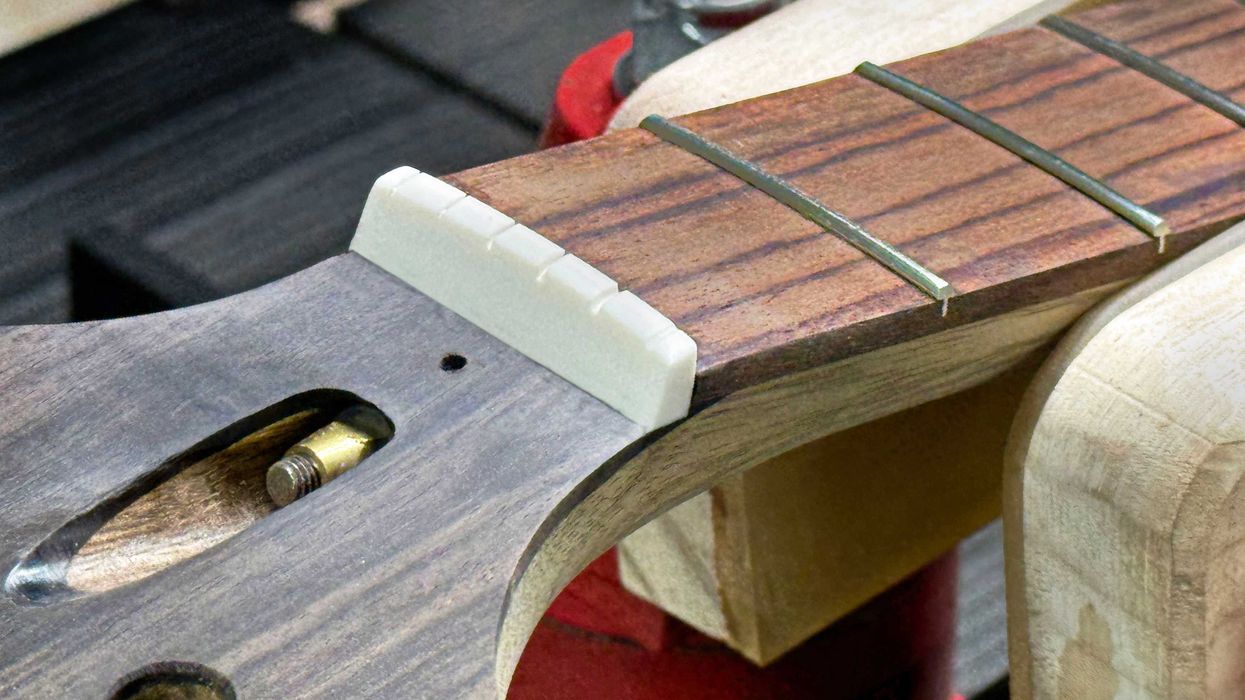





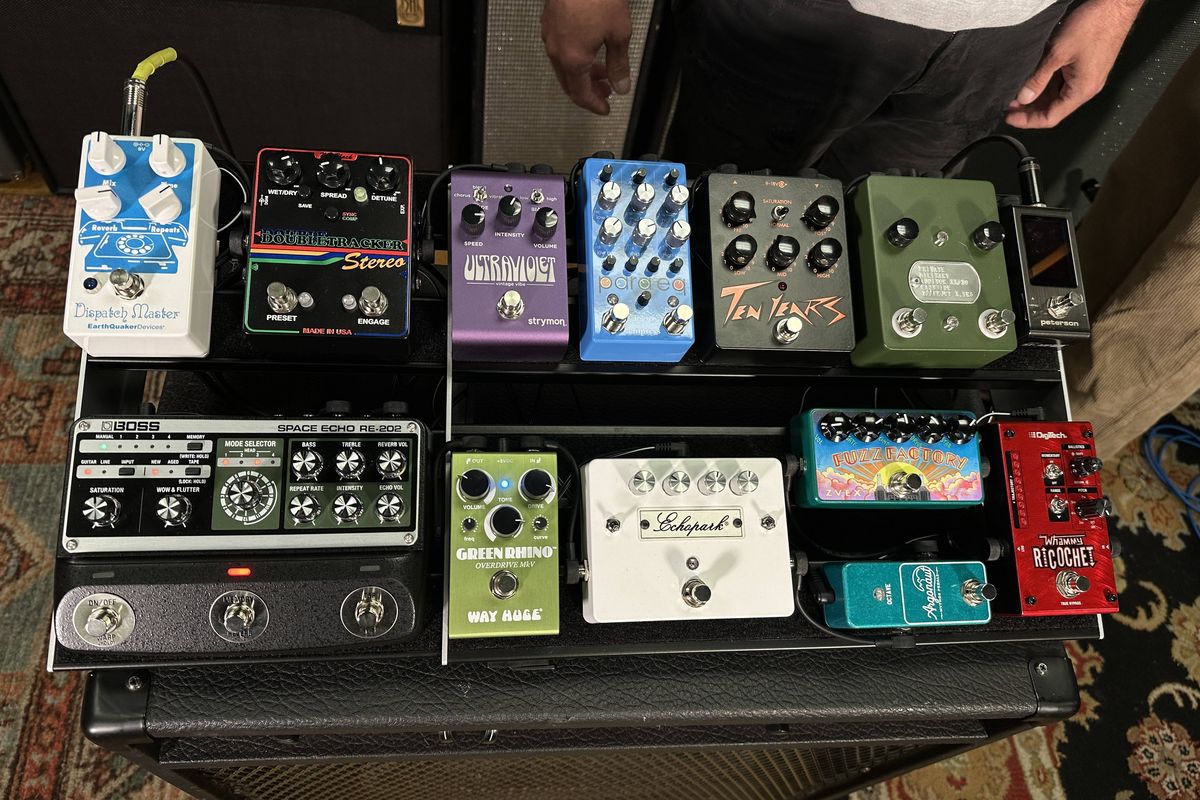








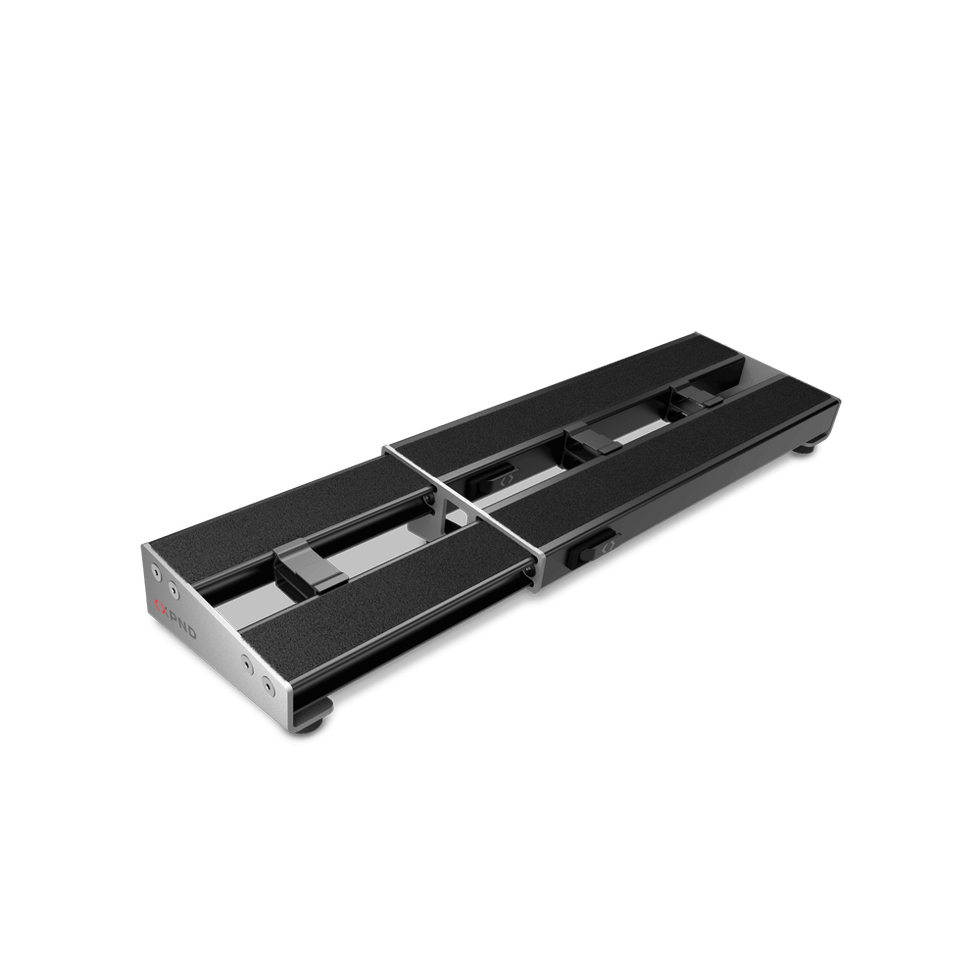
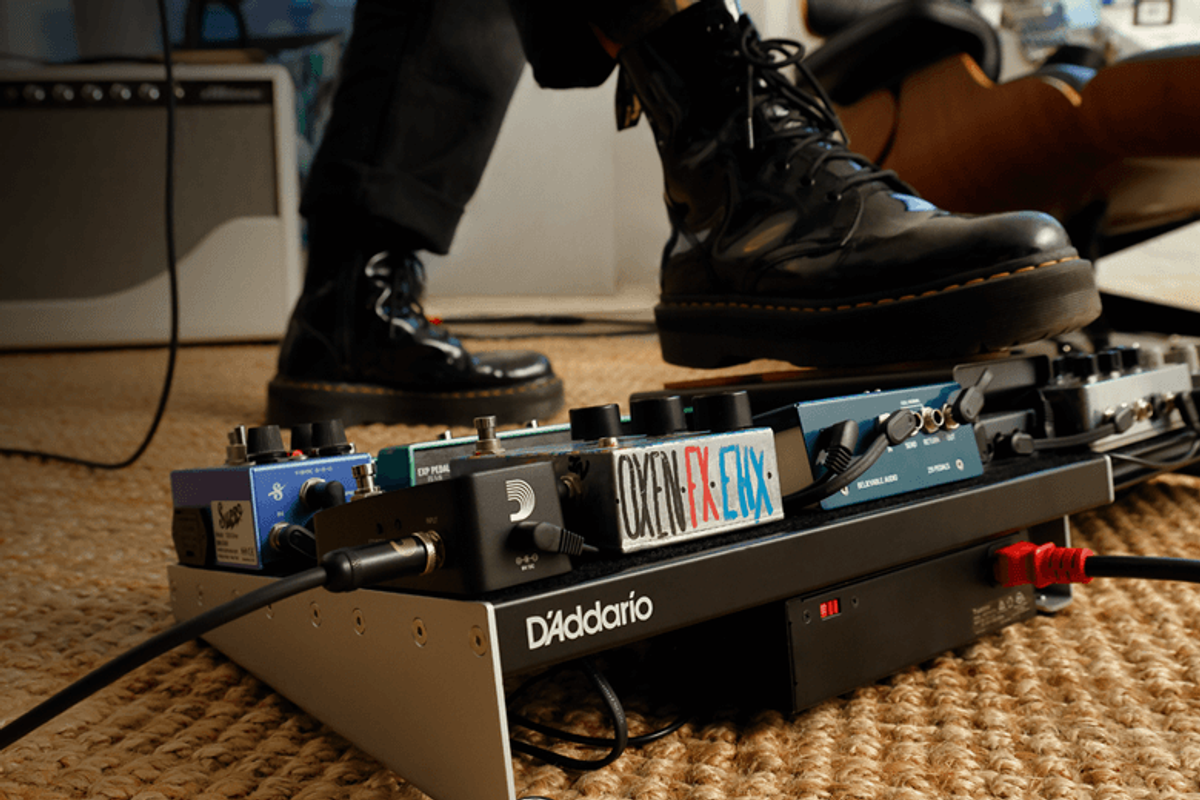
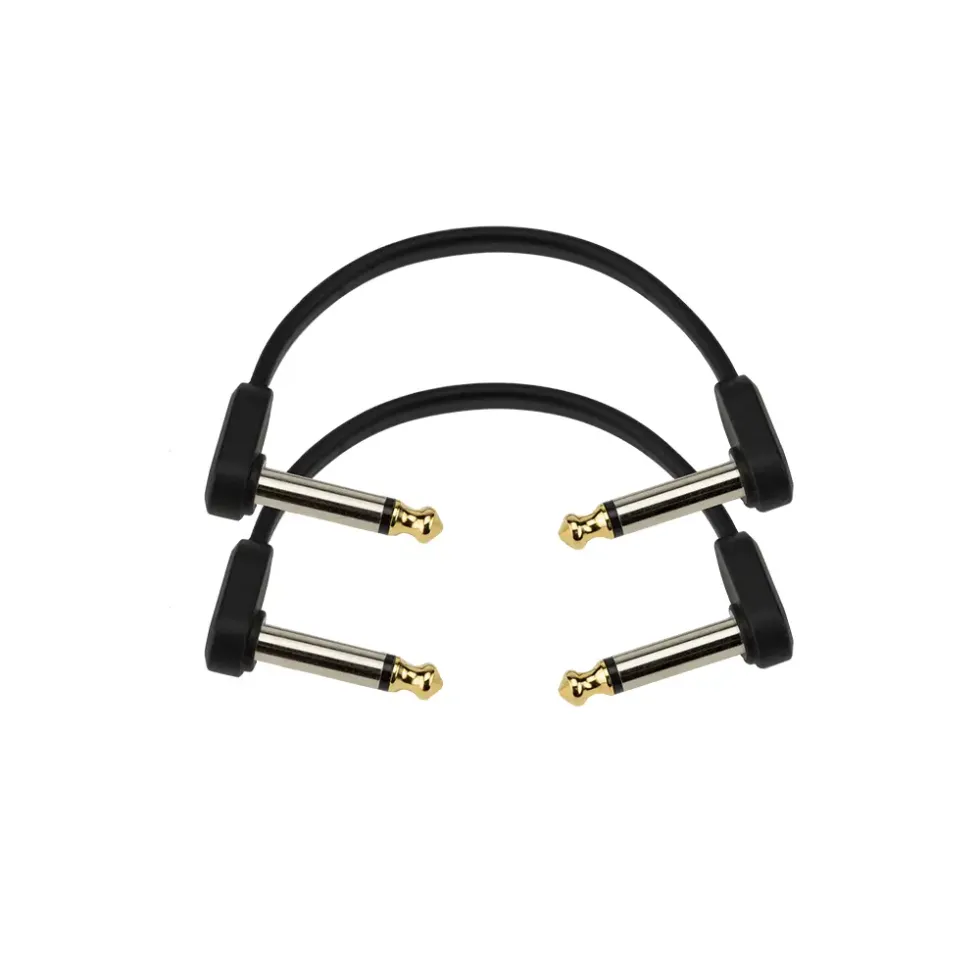
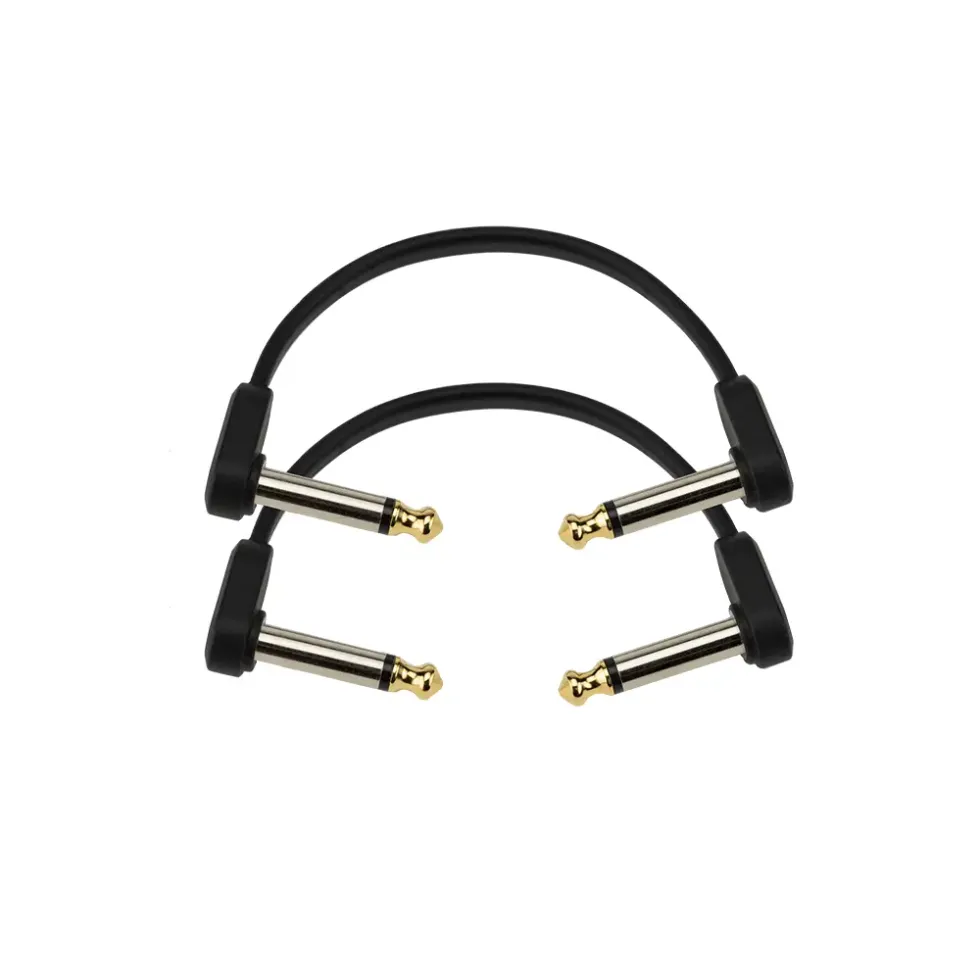






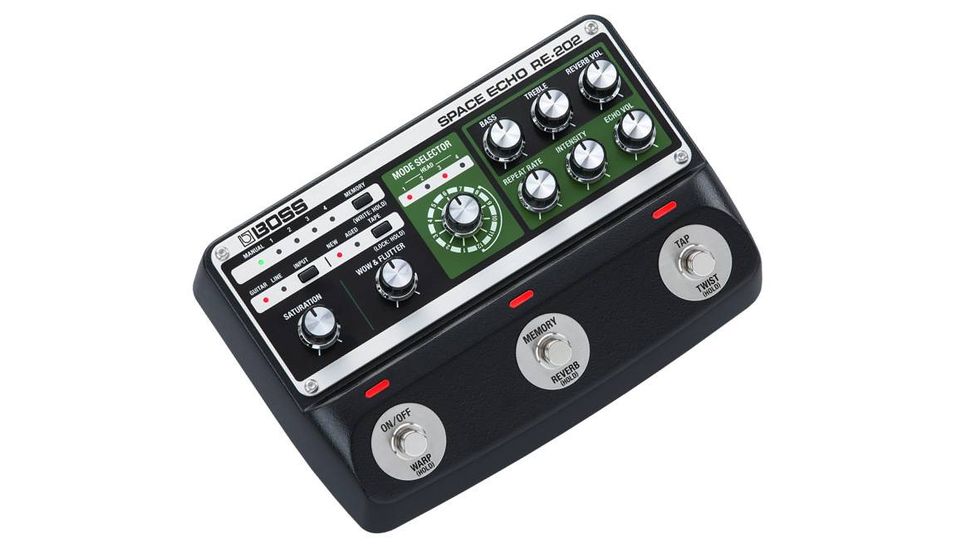
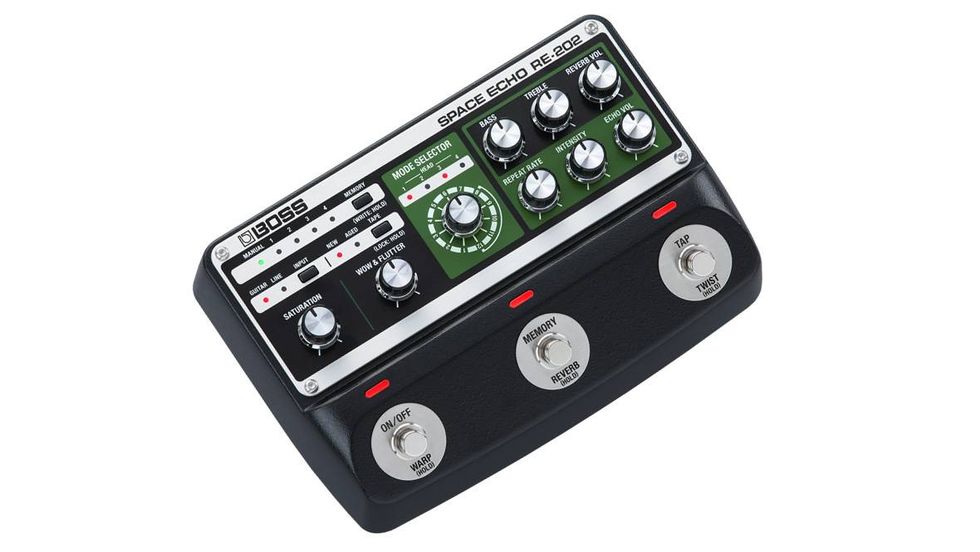


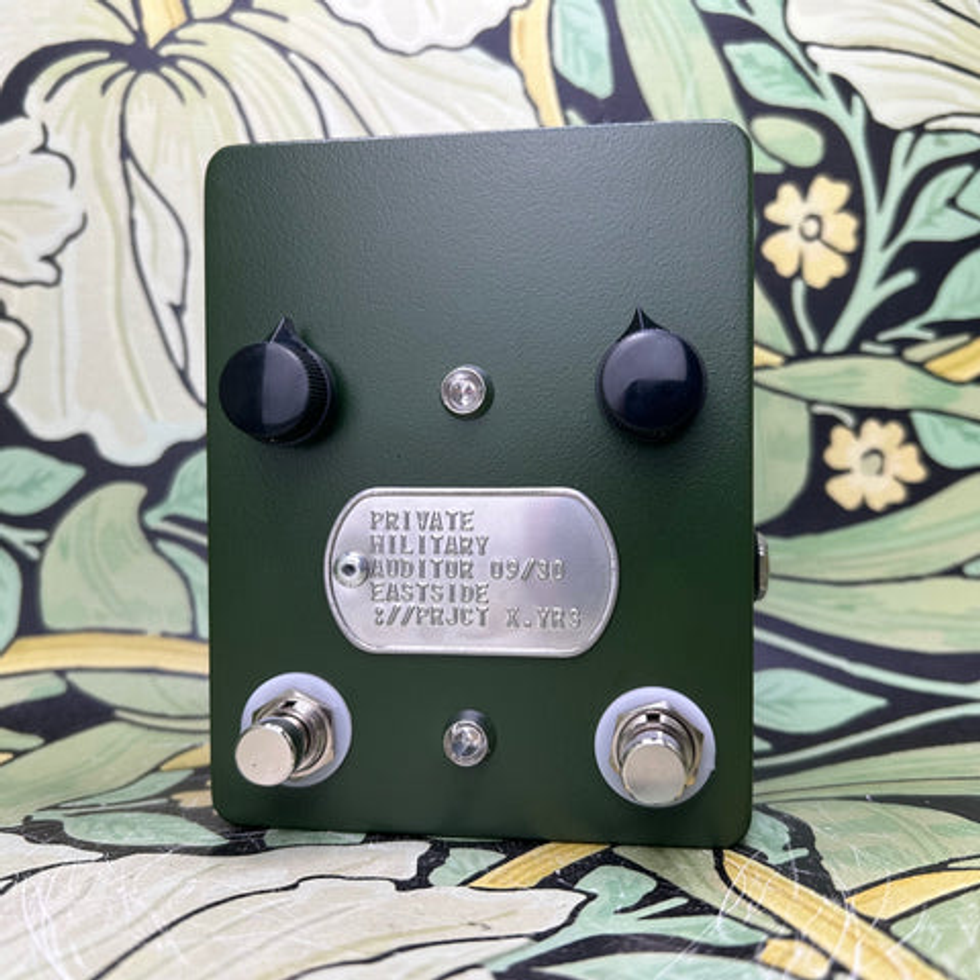
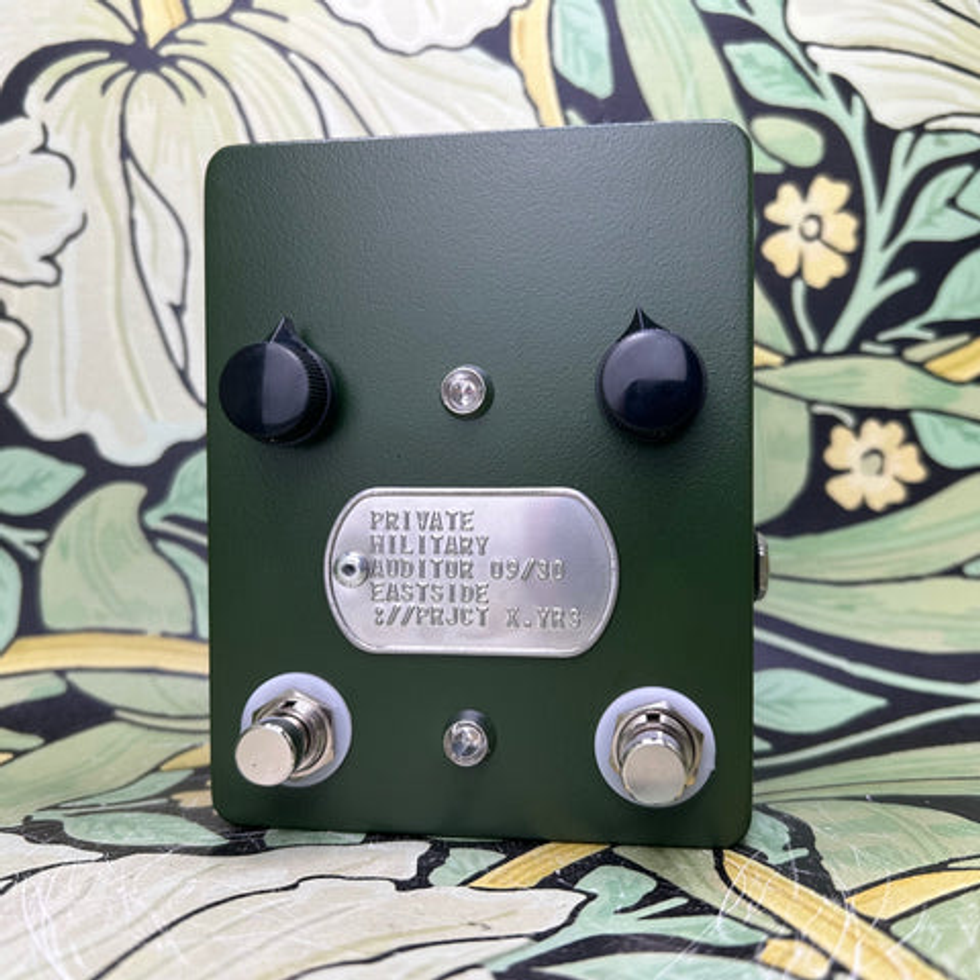



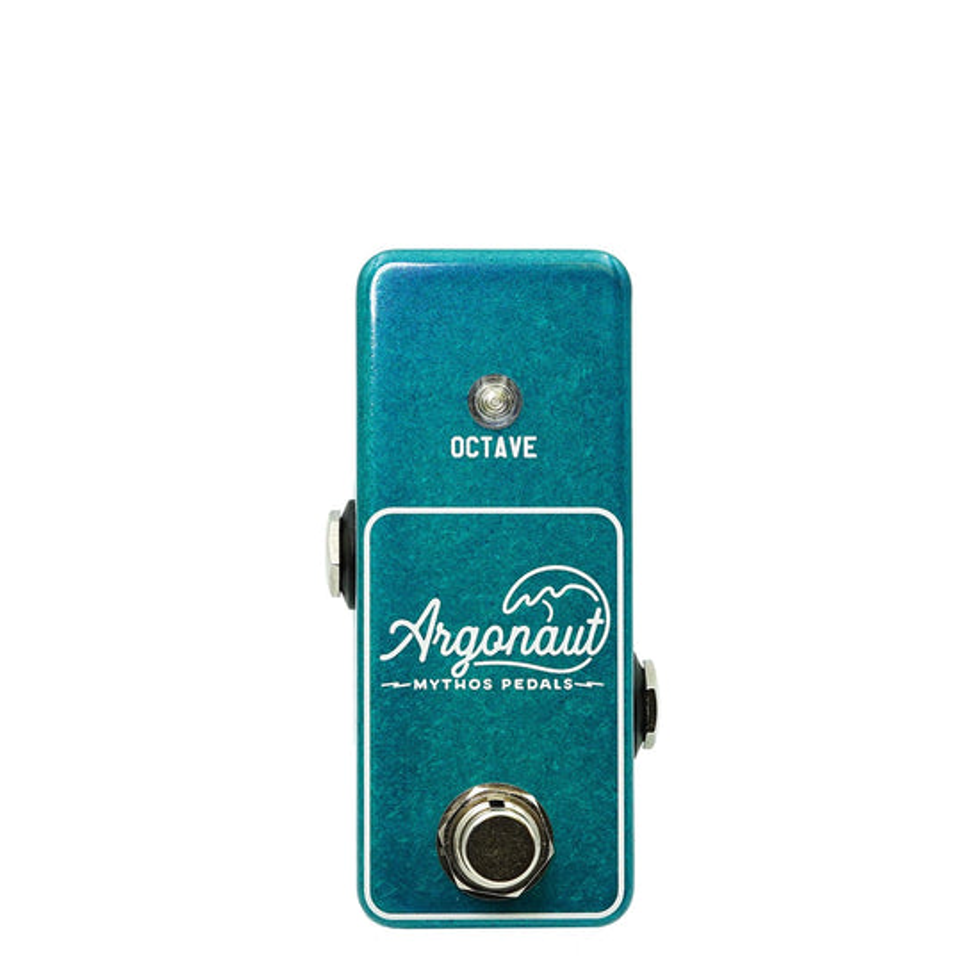
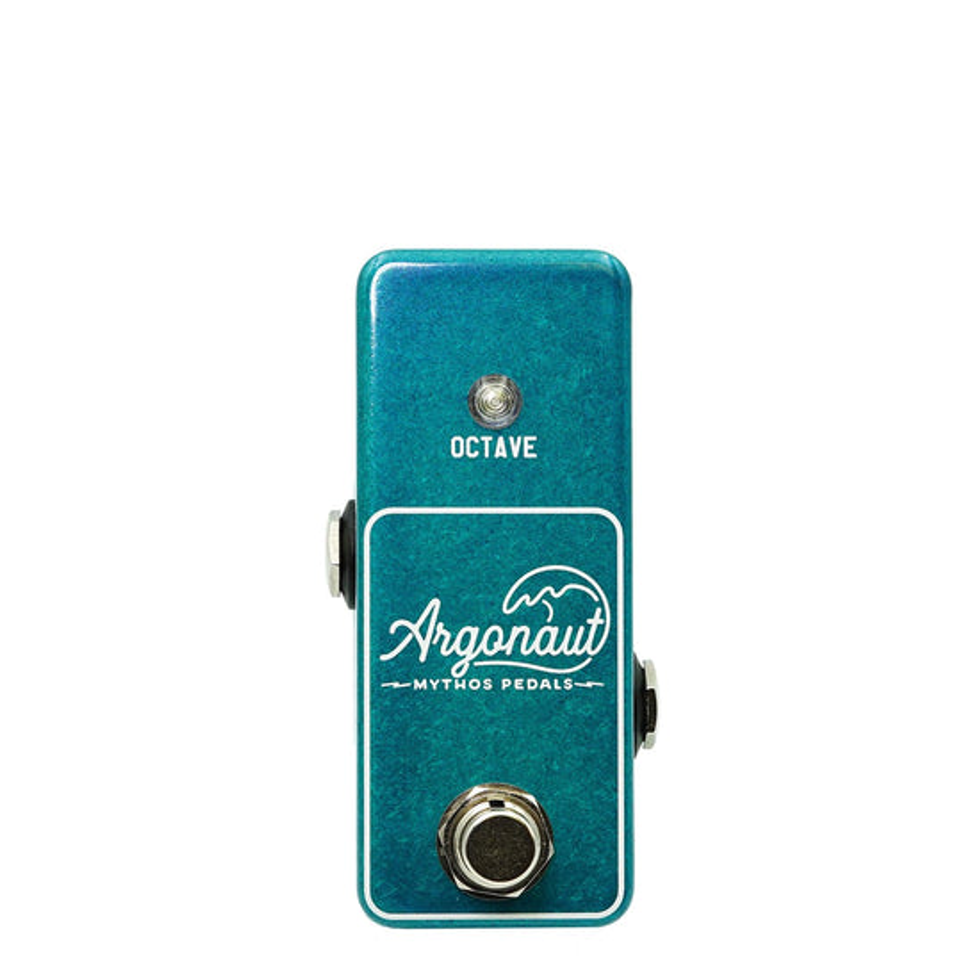
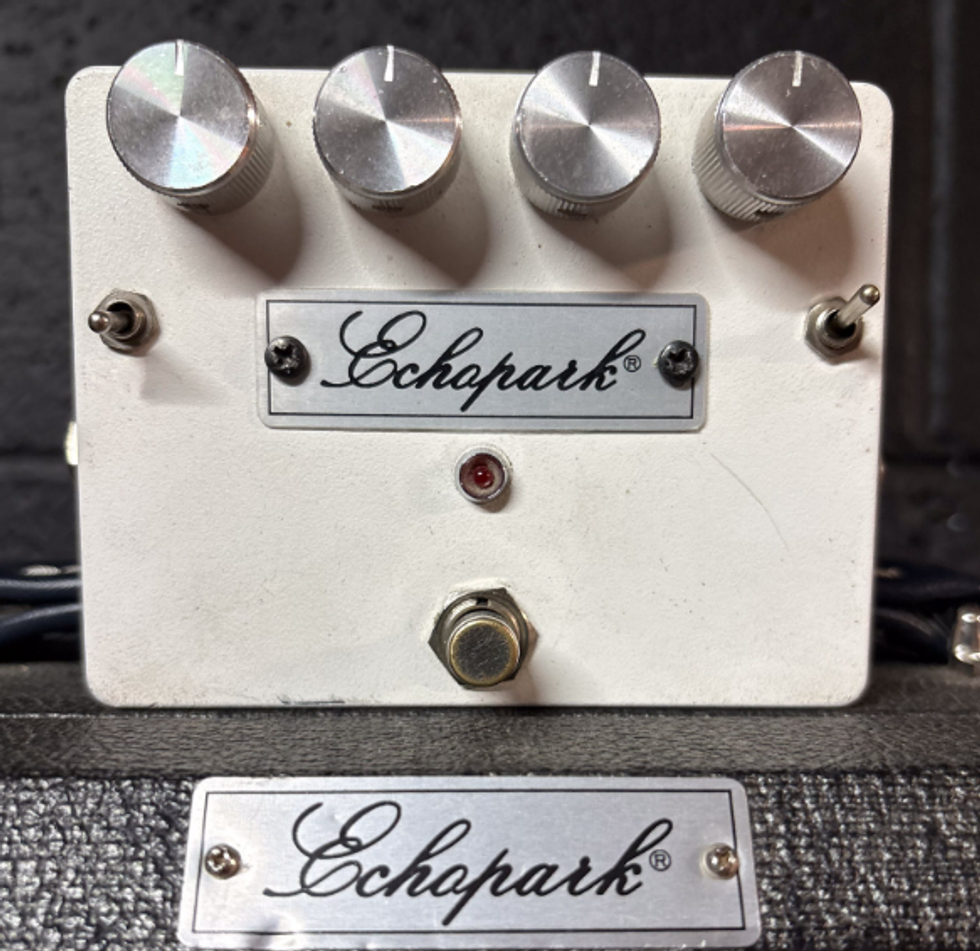
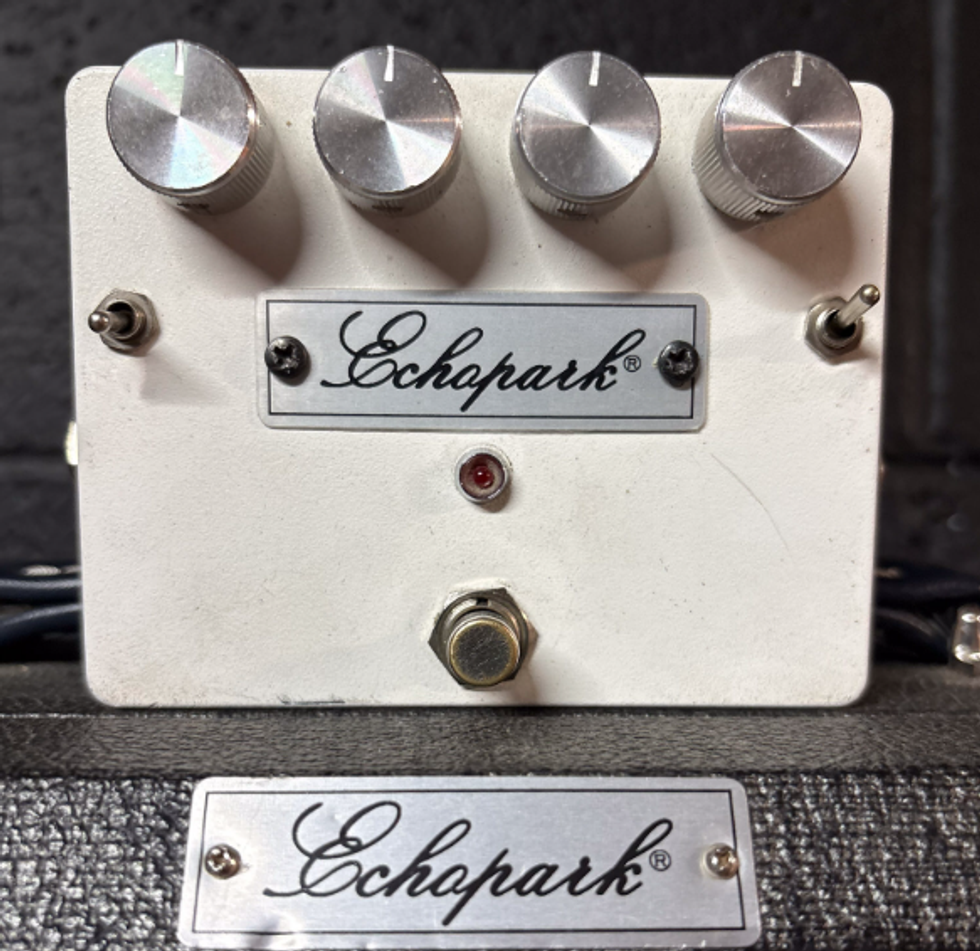








 Zach loves his Sovtek Mig 60 head, which he plays through a cab he built himself at a pipe-organ shop in Denver. Every glue joint is lined with thin leather for maximum air tightness, and it’s stocked with Celestion G12M Greenback speakers.
Zach loves his Sovtek Mig 60 head, which he plays through a cab he built himself at a pipe-organ shop in Denver. Every glue joint is lined with thin leather for maximum air tightness, and it’s stocked with Celestion G12M Greenback speakers.








